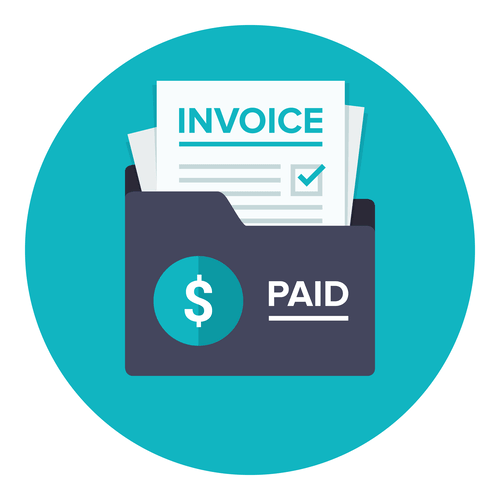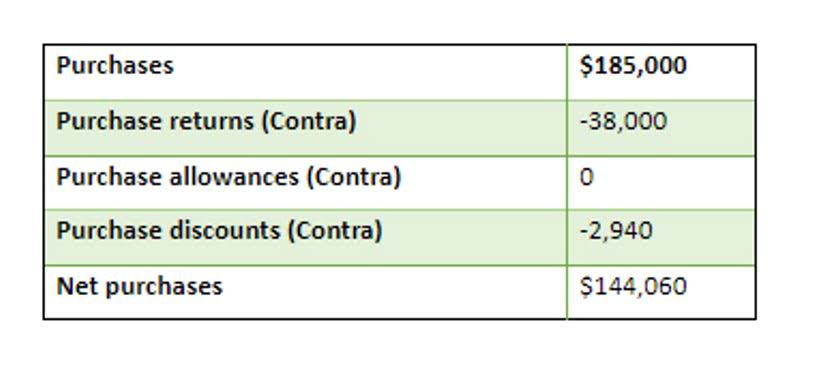
Let us take the example of Apple Inc. to calculate the operating cycle for the financial year ended on September 29, 2018. If the operating cycle shows less number of days, it shows the business is on the right track. On the other hand, if the figure obtained is more than what it should be, the businesses are found to be inefficient and lagging behind competitors. While the industry norms provide a benchmark, each company should calibrate its operating cycle to its unique realities and trade-offs.

Data Sheets
These strategies are fundamental for businesses looking operating cycle to improve their cash flow, reduce working capital requirements, and ultimately boost profitability. Therefore, while the operating cycle focuses solely on the time to turn inventory into cash, the cash cycle provides a fuller picture by factoring in how long the company can delay payments to suppliers. This adjustment gives a clearer view of cash flow efficiency and working capital management, showing the net duration for converting operational investments into cash. It is essential to understand the concept of the operating cycle formula as it helps to assess how efficiently a company is operating.

B2B Payments
Monitoring key performance indicators and utilizing the right tools further enhances your ability to succeed in this critical aspect of financial management. Implementing these inventory management, accounts receivable, and accounts payable strategies can lead to a more efficient operating cycle, improve cash flow, and enhance overall financial performance for your business. The operating cycle formula in financial management helps determine the time a business takes to purchase inventory, then sell the inventory and then collect the cash from the sale of the inventory. Using the equation to calculate the operating cycle enables the management of a firm be aware of the cash flow in and out of their business. Have you ever wondered how businesses seamlessly convert investments into cash, ensuring smooth financial operations? In this guide, we’ll unravel the intricacies of the operating cycle, shedding light on its crucial role in financial management.
Cash
On the other hand, a longer business operating cycle can strain cash flow, as money is tied up in inventory and receivables for an extended period. This can lead to cash shortages, making it challenging to pay bills, cover operating expenses, or seize new opportunities. A shorter cycle indicates that a company is able to recover its inventory investment quickly and possesses enough cash to meet obligations. Calculating this cycle plays a significant role in assessing the efficiency of a business. Yes, a company can influence its operating cycle through effective management of inventory, efficient collection of receivables, and leveraging credit terms with suppliers. By implementing these inventory management strategies, you can effectively control your inventory and contribute to a shorter operating cycle.

Collections
Upgrade to one of our premium templates when needed and take your work to the next level.
- Delays in receiving payments can significantly extend your operating cycle, impacting your cash flow and overall financial health.
- Say goodbye to the hassle of building a financial model from scratch and get started right away with one of our premium templates.
- To improve your DSI, consider implementing inventory optimization techniques, such as demand forecasting, JIT inventory management, and safety stock management, as discussed earlier in this guide.
- The operating cycle is calculated by adding the inventory period (time taken to sell the inventory) and the accounts receivable period (time taken to collect payment after a credit sale).
- It combines the time for inventory turnover and receivables collection minus the payables period.
- Regularly reviewing and updating your tools can ensure that you have the most current solutions to support your financial management efforts.
APPLE Operating Cycle Example (NEGATIVE)
- On the other hand, a longer business operating cycle can strain cash flow, as money is tied up in inventory and receivables for an extended period.
- Have you ever wondered how businesses seamlessly convert investments into cash, ensuring smooth financial operations?
- Inventory management is a crucial component of your operating cycle, as it directly impacts how efficiently you can turn your investments in goods and materials into cash.
- To improve the operating cycle, streamline inventory management, optimize receivables by offering early payment discounts and automating invoicing, and strengthen supplier relationships to negotiate better payment terms.
- On the other hand, if a company has the longest cycle, it means that it takes a long time to convert its inventory purchases into cash.
An operating cycle is one more valuable tool in the toolkit of financial analysis that helps businesses make wiser, more informed decisions. Once businesses master this, they can better navigate the financial normal balance seas – a victory for all stakeholders. On the other hand, a longer operating cycle might hint at potential issues that require attention. Perhaps the company has surplus inventory or is not effective in collecting payments from its customers.
- If the operating cycle shows less number of days, it shows the business is on the right track.
- A shorter DSI indicates efficient inventory turnover, which is essential for cash flow and reducing carrying costs.
- So, to clear up any confusion you might have, let’s break down the operating cycle in simple terms, from what it is to how to calculate it to the operating cycle formula and more.
- The operating cycle is also known as the cash-to-cash cycle, the net operating cycle, and the cash conversion cycle.
- Speaking of a long operating cycle, it suggests that the company is taking too long to sell its inventory and collect cash from customers.
Additional Resources

The Accounting for Churches operating cycle, often referred to as the cash conversion cycle, is a fundamental concept in financial management. It represents the time it takes for a business to convert its investments in inventory and other resources into cash through sales and accounts receivable collection. To put it simply, the operating cycle measures how quickly a company can turn its resources into cash flow. Understanding and managing your operating cycle is fundamental to your business’s financial health. By efficiently handling inventory, accounts receivable, and accounts payable, you can shorten your cycle, improve cash flow, and boost profitability.